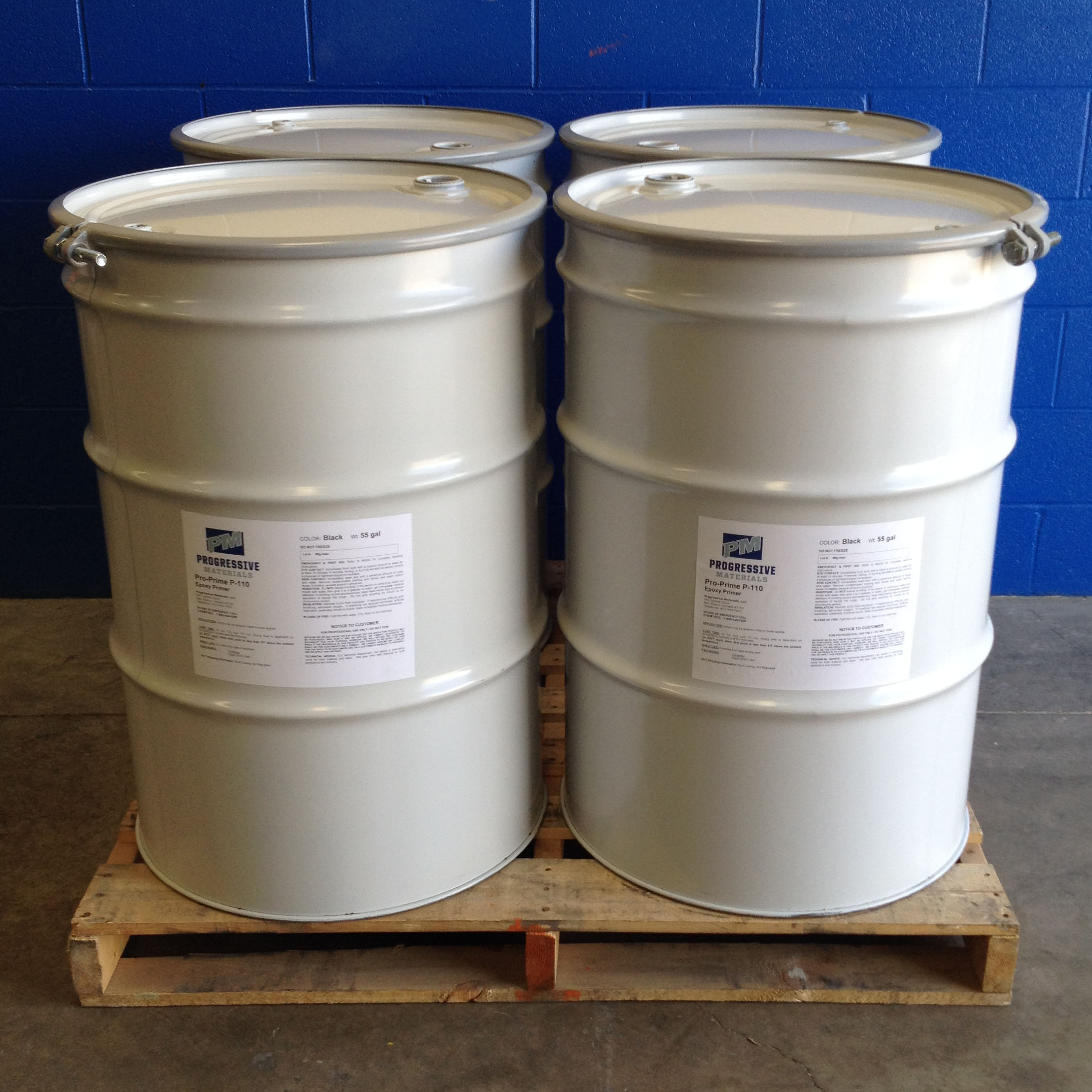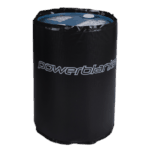If you are not familiar with the appropriate measures, safe epoxy storage can be just as precarious as epoxy application. Powerblanket is here to help you understand how to store epoxy in large quantities, such as in drums and barrels.

Epoxy Storage Conditions
If storing epoxy in large quantities, and this goes for other resins similar to epoxy, make sure that you are storing these chemicals both safely and efficiently. Storing epoxy for long-term warehousing means that you’re going to be storing it in large containers, probably barrels or drums. In fact, bulk distribution of epoxy is often accommodated by storing the chemicals in 55-gallon drums.
How to Store Epoxy Tip #1: Temperature
Store two component epoxy resin systems between 65°F – 90°F. Refrigeration will not enhance the storage stability of two component epoxy resin systems. Use cooling measures if ambient temperatures exceed those recommended above. Most two-component epoxy resin systems are naturally susceptible to crystallization, especially at temperatures below the recommended storage temperatures. Containers placed near outside walls or on the floor will often be at a lower temperature than room temperature.
Never store epoxies where temperatures are close to freezing. Learn more about epoxy warming blankets here.
How to Store Epoxy Tip #2: Clean and Dry
Store epoxy (and epoxy hardeners and curing agents) in clean dry areas with adequate ventilation. Because heat is the catalyst of epoxy curing, do not store near heat sources. Securely fasten all lids to prevent foreign matter contamination and moisture entry.
Sometimes sealed containers and dry environments can be easier to provide than an ideal temperature range. Epoxies are very temperature sensitive, and maintaining the ideal temperature for storage can be tricky when you’re keeping the chemicals in bulk storage units during winter months. This will either necessitate a nice and toasty warehouse, or else additive measures for storage efficiency—such as drum insulators and drum heaters.
How to Store Epoxy Tip #3: Clean Up
Here are the proper steps to take when in contact with epoxy, whether accidentally or as a simple byproduct of application procedures.
- Wear protective gear. Whether you’re handling epoxy in drums for storage purposes or are applying it as a coating or resin, you need to always wear your protective gear.
- Thoroughly clean or dispose of tools and empty storage drums.
- Wash any clothes that have come in contact with the epoxy and shower if needs be.
How to Store Epoxy Tip #4: Disposal
Dispose drums legally and safely once you are done with them. If you finish a job and you still have some epoxy left in the can, consider whether you really need dispose of it. Unused resin and hardener both have a long shelf-life. A considerable amount left in the drum could be useful on future projects.
However, if it is time to get rid of it, here’s how to dispose of PRO-SET or WEST SYSTEM epoxies safely:
HOW TO DISPOSE OF EPOXY RESIN SAFELY
- Mix epoxy correctly. If the resin and hardener are combined at the right ratio, cured epoxy is not hazardous.
- Ensure unwanted epoxy is cured and containers are empty. If you want to get rid of a used epoxy container, make sure it’s as empty as possible – ideally containing no more than 3% of the total capacity.
- Dispose of cured epoxy and containers with your normal garbage. Once you’ve followed steps 1 and 2, everything should be able to go in the garbage can. (Regulations on hazardous waste differ depending on where you live, so be sure to check with your local government for more detail.)
Epoxy is a strong material with as many sensitive qualities as it has potent characteristics. However, when handled appropriately, epoxy is a very handy and valuable material.
Learn more about epoxy blankets here.
Cure your epoxy resins faster and easier than ever before with Powerblanket.





